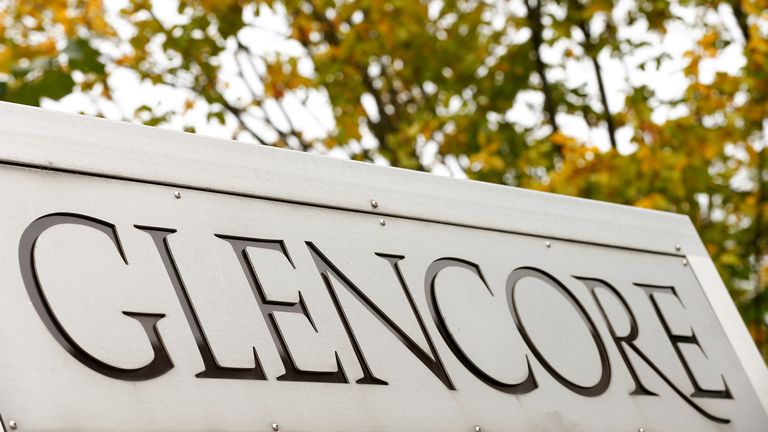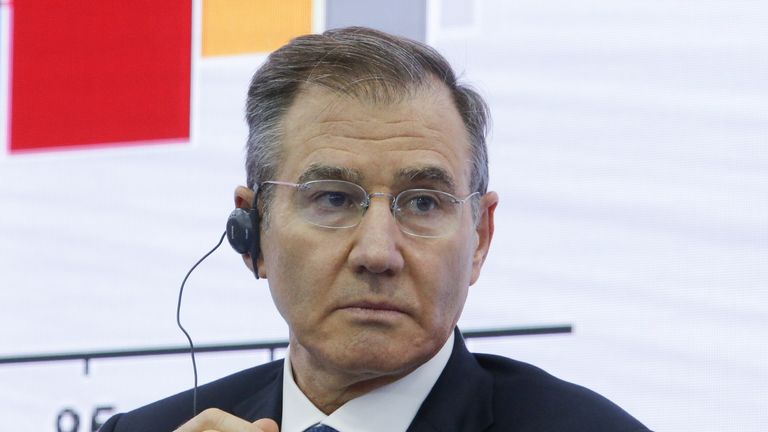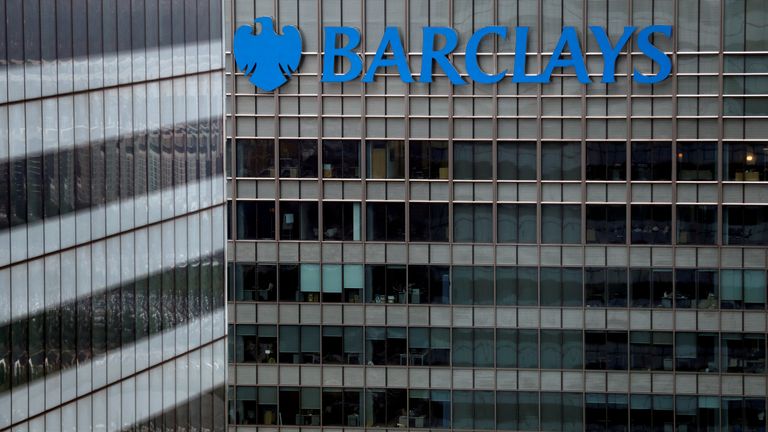The world’s biggest mining companies are gradually turning their backs on thermal coal.
Rio Tinto, the world’s second largest mining company, has already pulled out of the market while BHP, the world’s biggest player, confirmed in August that it would be seeking to sell or spin off its thermal coal operations within the next two years.
And Anglo American, another of the world’s biggest mining companies, said in May this year that it would be looking to spin off its thermal coal assets in South Africa during the next two to three years.
That left Glencore as the last of the eight big mining companies in the FTSE 100 – Antofagasta, Fresnillo, Polymetal and Evraz have no exposure to coal – not to have explicitly said it was getting out of thermal coal.
It said as recently as February this year that it had no intention of selling or demerging its thermal coal assets.
But today brought at least a partial shift in its approach.
Ivan Glasenberg, chief executive and architect of Glencore’s extraordinary rise during the last two decades, said that, when the company’s existing thermal coal reserves had been depleted, they would not be replaced.
He told the Financial Times Commodities Mining Summit in Johannesburg: “We are looking at how the market looks.
“We are reviewing all our coal operations. (But) I don’t see how spinning off coal mines will help us reduce Scope 3 emissions.”
Mr Glasenberg previously said in February that the company was seeking to reduce its so-called “Scope 3” emissions – those emissions created by its customers using its products – by 30% by 2035.
He said the company would give a further update on how it achieves that in December.
All of the big global mining companies have pledged to cut their emissions to one degree or another.
BHP said last month it hoped to reduce its “Scope 1 and 2” emissions – its own emissions and those caused by the suppliers that power its mines – by 30% by 2030 but has not been more specific on “Scope 3”.
Its targets are, nonetheless, seen as more ambitious than those of Rio Tinto – which has said it will reduce its operational emissions to 15% below their levels two years ago by 2030.
All of the big miners are under increasingly pressure to divest thermal coal operations as global fund managers, in response to pressure from their clients and those whose money they manage, threaten to offload the stock of companies involved in the activity.
Norway’s $1.1trn (£0.85trn) Government Pension Fund Global, one of the world’s largest funds, has recently introduced tough new rules barring it from investing in companies that obtain more than 30% of their income from thermal coal or which produce more than 20 million tons of thermal coal annually.
Glencore, which produces more than six times that amount, is one of the companies affected.
And Blackrock, the world’s biggest asset manager, announced plans in January this year to divest from companies that make at least a quarter of their revenue from thermal coal.
Meanwhile, some of the world’s big banks begun promising to stop financing thermal coal, including the French lender Societe Generale, the Italian lender UniCredit, the Australian bank Westpac and, in the UK, NatWest and Barclays.
Ironically, Mr Glasenberg’s comments come at a time when the price of thermal coal – the type of coal burned to generate electricity – is rising strongly.
According to Argus Media, an independent provider of data and price information, the price of thermal coal has risen by 50%, to $57.77 (£44.63) per ton, since May.
It has not been this expensive since October last year.
This reflects a rise in natural gas prices that has led some countries in Europe, chiefly Germany, to switch to burning coal.
Mr Glasenberg revealed at the company’s annual general meeting in May, that its thermal coal production costs has fallen to a company average of $42 (£32.45) per ton.
These price moves suggest Mr Glasenberg acted shrewdly when, just over two years ago, he paid £1.2bn for a big coal asset from Rio in Australia in a bet that demand for the commodity would remain robust.
Unusually the recent price surge in Europe, has taken the price of European thermal coal above that of Australian thermal coal, although this also reflects the fact that, earlier this week, China ordered its utilities and steel mills to stop importing both thermal coal and metallurgical or coking coal – the kind used in steel production – from Australia due to a diplomatic dispute.
This could prove problematic, longer term, for the miners.
The mining research team at JP Morgan Securities estimates that China is now 93% self-sufficient in thermal coal and 87% self-sufficient in metallurgical coal.
Should it shift further to local production, away from Australian coal, that could lead to a glut in supplies elsewhere.
That could, in turn, also encourage European power companies to burn more coal in the short term.



